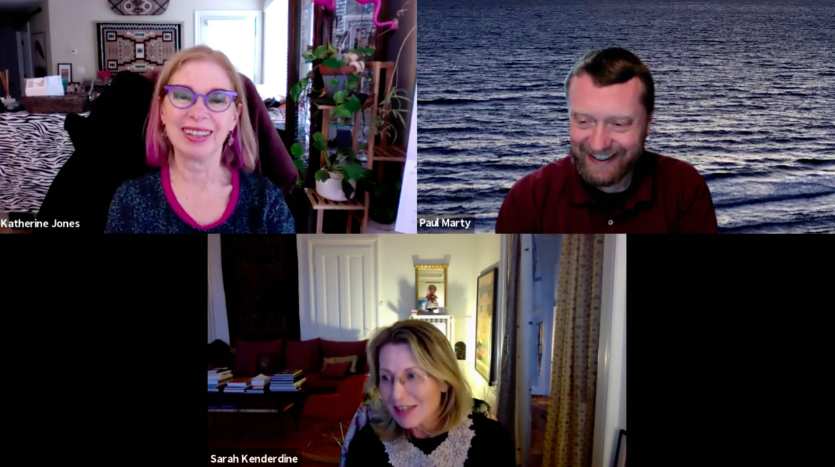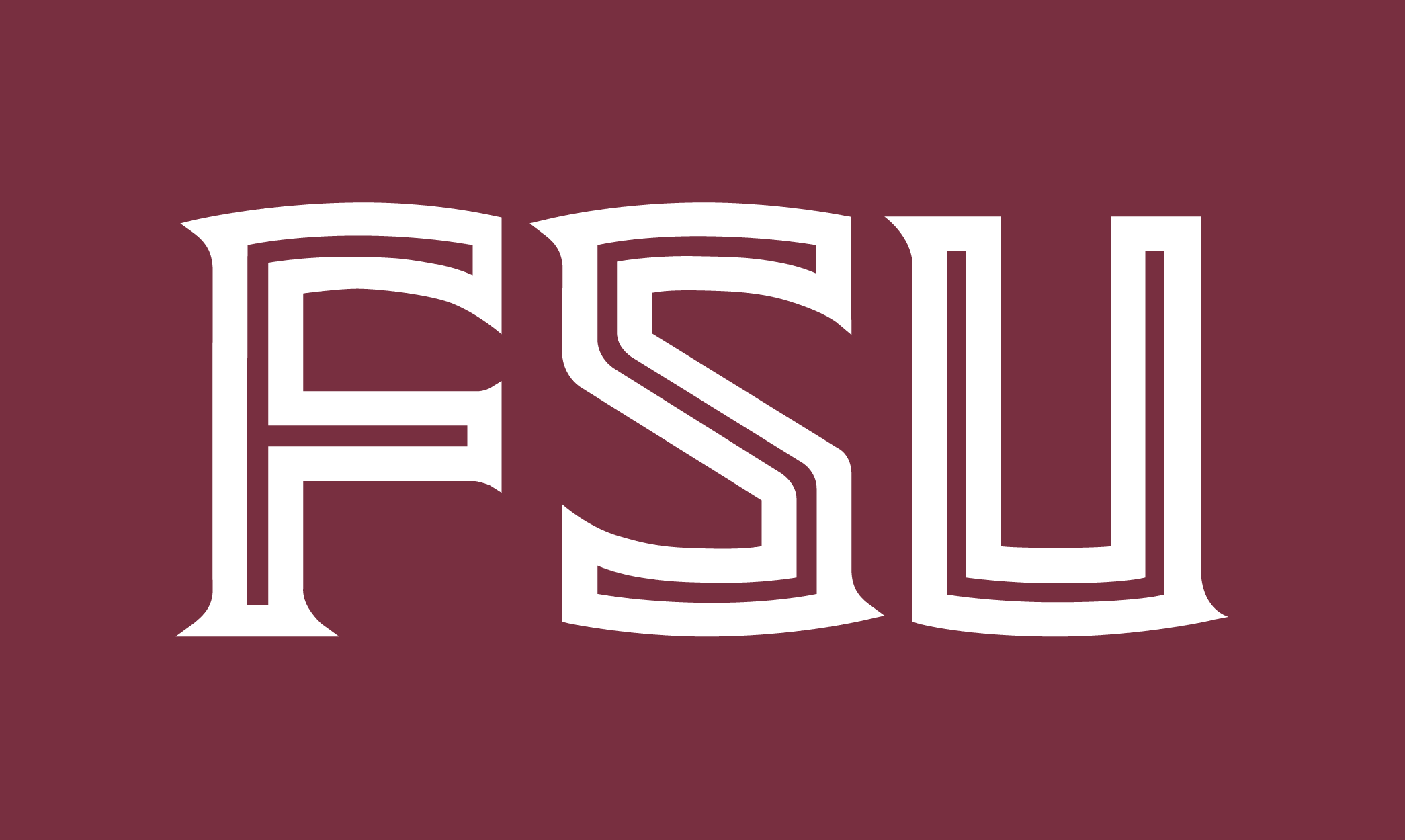
Paul Marty, Professor in the School of Information, has spent the past two years working with Kathy Jones, Director of the Museum Studies Program at Harvard University, to chronicle the history of information technology in museums by collecting oral histories from a wide range of museum computing pioneers. This collection of oral histories features over forty hours of recorded oral histories comprising nearly 400,000 words of transcribed text from more than fifty museum technology professionals working in the Americas, Europe, Asia, and Australia from the 1960s to the present day.

Marty and Jones were inspired to tackle this project because they wanted to preserve stories that could help put a human face on the history of museum computing. They believe that when it comes to museum technology projects, too many people only see the finished product, and miss the extensive, invisible work that information technology professionals perform behind the scenes to make the magic happen. Through these inspiring and personal stories of museum technology work, this oral history collection provides useful insights into the wide-ranging responsibilities and all-too-often unseen activities of information technology professionals in museums.
This new collection of oral histories highlights the extensive work that has taken place behind the scenes in support of metadata initiatives, collections management, interactive exhibits, online experiences, and other digital museum projects, and underscores the importance of information technology at a pivotal time in the history of museums. The stories shared by the oral history participants vividly document the challenges and opportunities that have faced museum technology professionals over the past sixty years, including the underlying invisibility of information infrastructures, the dangers of losing institutional memory and organizational knowledge, and the increasing demands placed on museum technology workers over time.

When recording Sarah Kenderdine, a professor of Digital Museology at the École polytechnique fédérale de Lausanne in Switzerland, she said “I was a maritime archaeologist… and I was working at the West Australian Maritime Museum… and I had an extremely clever boss… very clever man, and he said to me, I think it was 1993, and he said, ‘Sarah, there is something called the World Wide Web, and I want one.’”
Marty and Jones hope that this collection of oral histories will help raise awareness of the contributions of museum technology professionals, and help shine a powerful light on the behind-the-scenes, invisible work of museum computing.
“We are thrilled to have this collection of memories available online! The more the behind-the-scenes work of museum technology professionals remains unseen and unsupported, the more likely the invisible nature of this work is to pose a danger to museums in times of change, and the less likely it is that museum leadership will prioritize digital initiatives,” says Marty.
Their next steps include writing a book exploring the “behind-the-scenes history of museum computing” in order to preserve this invisible history, and to examine the concepts that emerged from these oral histories in detail.
Click here to find more about the Oral Histories of Museum Computing!

